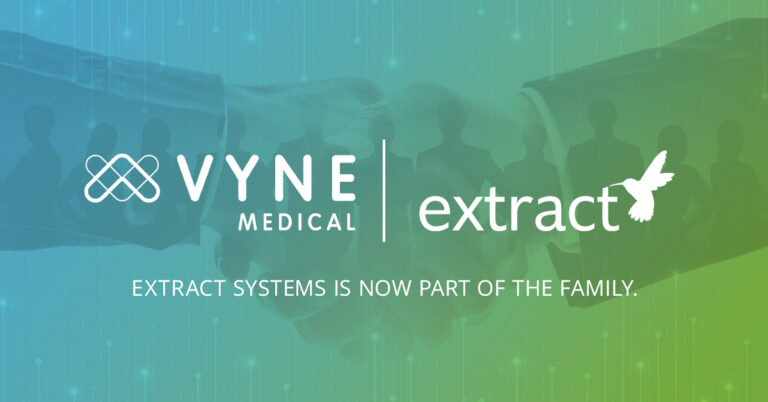
Workflow Innovation
Most health systems often run on complex workflow variations – from appointment scheduling and authorizations to referrals and transitions from one specialty to the next. Barriers to efficient workflows we typically see include poor functional design of technology for documentation and communications, as well as resistance to change by providers and staff. Inefficient communication and coordination also increase barriers to quality patient outcomes. Efficient workflows allow for the opportunity to improve operations and clinical care.
For 78% of healthcare quality experts, improved clinical workflow and efficiency are the keys to boosting health information technology quality, according to a recent American Society for Quality (ASQ) survey.
We know that overcoming workflow challenges isn’t simple, particularly when considering industry regulations such as HIPAA. However, by tackling workflow management one area at a time — rather than trying to solve everything overnight — payers and providers can implement more efficient practices that contribute to improved job satisfaction and productivity among care teams, better patient experiences, and improved financial outcomes.
So, what can healthcare executives and senior managers do to improve their system’s workflows?
By saying goodbye to analog and paper processes; Interoperability remains a challenge for seamless exchange of medical documentation inside and outside provider organizations. EHRs for example — health systems are tested to ensure technology investments are integrated to support the best patient experience possible and aid administrative processes and optimize workflows, from improving care coordination, to streamlining clinical documentation processing and care team communication. This can lead to the continuation of outdated technologies that can be a major drain on productivity. All critical functions served by the manual and analog processes of pagers, fax machines, and paper records could be significantly improved with digital equivalents.
Another example is faxes; one study suggests that fax accounts for 75% of all medical communication, which is a mind-blowing statistic in today’s digital-first world. When a medical practice has a workflow process enabled by fax that has been deemed compliant with HIPAA privacy and security regulations, they may be hesitant to try an untested process.
Here is an example of a typical fax workflow from a major health system. It is a workflow that is costly in terms of both employee time and paper waste. It’s also error prone, as pages can be mixed up or misfiled, leading to referrals that don’t go through, appointments that aren’t scheduled and tests that don’t get ordered.
-
Receive and print incoming faxes
-
Staff member separates faxes by customers
-
Staff member scans the faxes
-
Staff member enters scanned faxes into EHR
-
Staff member shreds paper faxes to protect patient privacy
If the same health system modernized its traditional analog fax with a data extraction solution like Extract offers, they would see a much more secure, fully HIPAA-compliant, and far more cost-effective option for hospitals and medical practices of all sizes. An implementation like this boasts a plethora of features that facilitate streamlined workflows, such as:
-
Faxes sent and received directly from office applications — no more time and money wasted printing, scanning and shredding paper faxes
-
Reduced errors, with individual pages unable to get mixed up between faxes
-
Administrators and clinicians can work securely and efficiently across multiple document types, devices and locations
-
Documents can be shared, annotated, digitally signed, forwarded and filed within a single electronic application
-
Automatic distribution of incoming documents to the correct folder, department or location
Artificial Intelligence (A.I.) has been a hot topic in healthcare for many years now, and as the benefits are starting to become more widely recognized, more organizations are beginning to adopt A.I. in efforts to improve workflow practices.
A recent AMA article outline three ways A.I. can improve workflow for health systems and it’s physicians:
-
Point-of-care learning: A.I. can personalize content delivery to physicians as clinical questions arise, minimizing time spent searching for relevant information online or in textbooks.
-
Clinical documentation: A.I. has the potential to complete clinical documentation tasks with greater efficiency, such as extracting relevant information from a physician’s free-text narrative and inserting it into appropriate structured data fields.
-
Quality-measurement reporting: A.I. could replace manual data-collection processes by populating missing data fields and reviewing clinical documents and extracting information for quality reports, saving physicians hours of work every week.
With a reported 37% of organizations already using A.I. and another 54% of healthcare professionals expecting widespread adoption within the next five years, it’s safe to say A.I. has made the transition from industry buzzword to business norm. The potential benefits are huge.
Healthcare organizations are already driving interoperability innovations to improve patient outcomes and physician experiences, and all medical organizations should prioritize interoperability in order to achieve a fully connected healthcare ecosystem. If you or your organization is interested in learning more about how Extract can help modernize your clinical workflows with data extraction, classification, indexing, and routing please reach out today.



